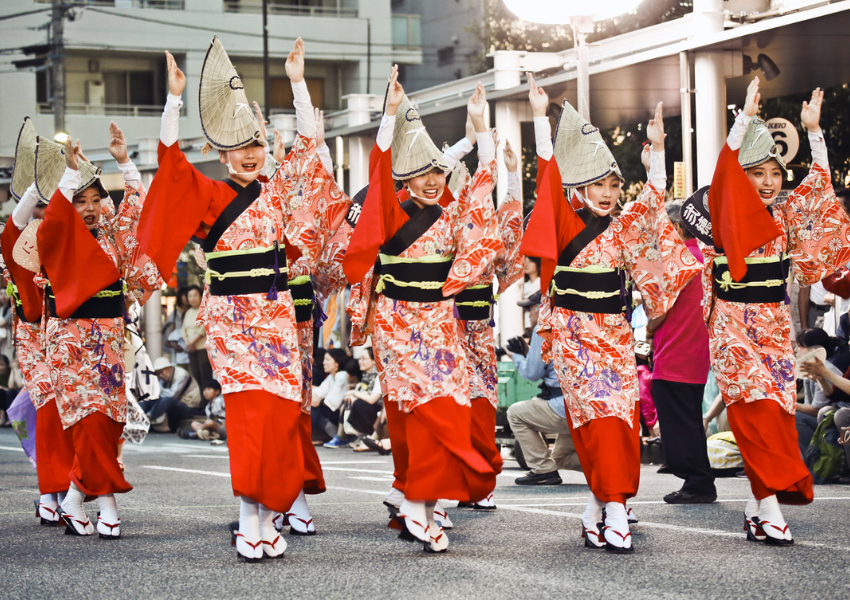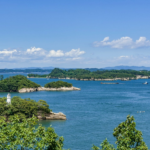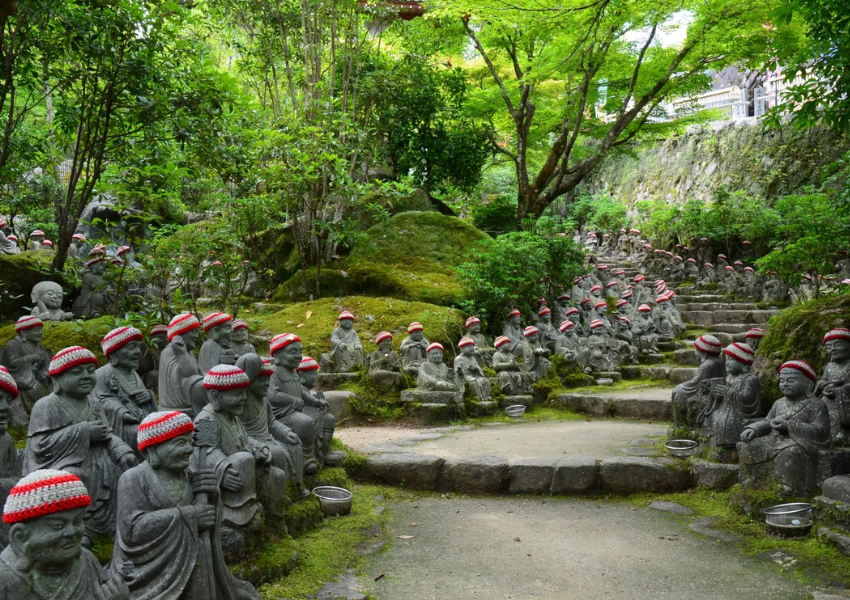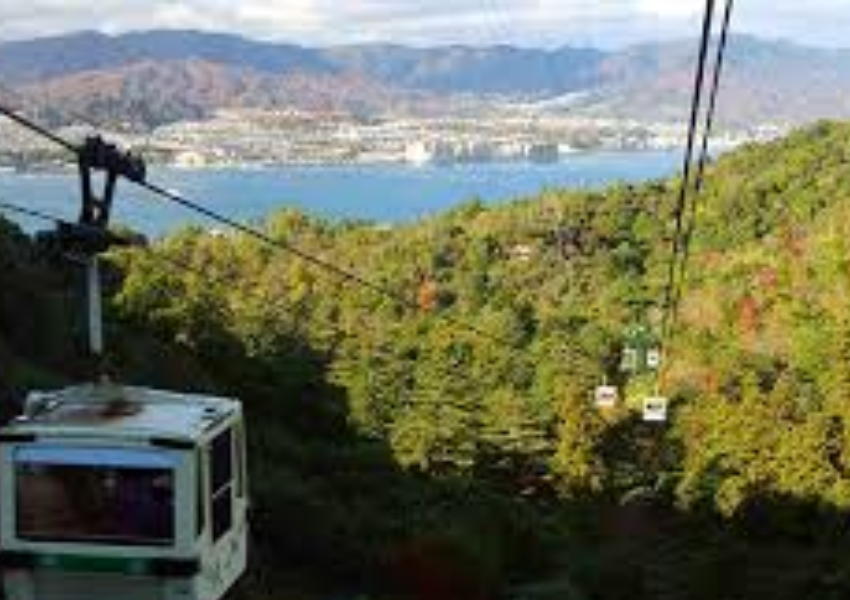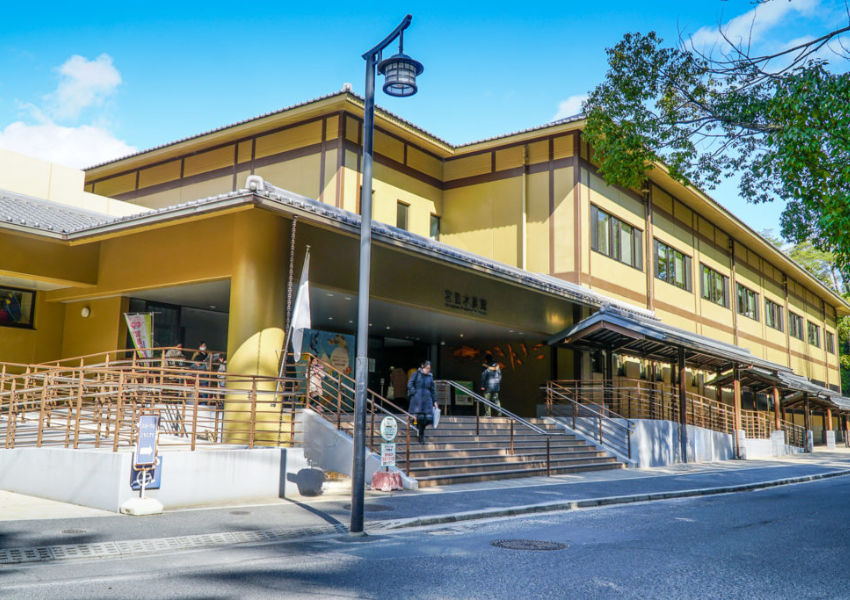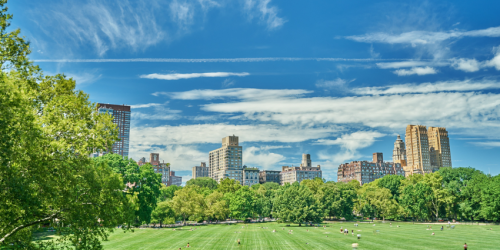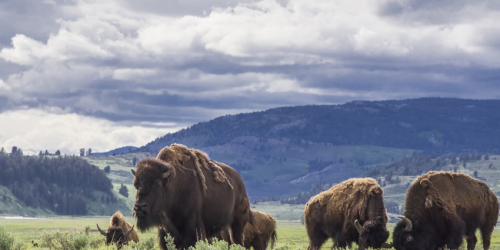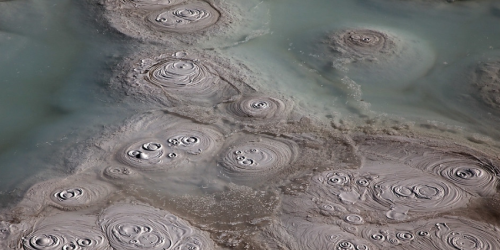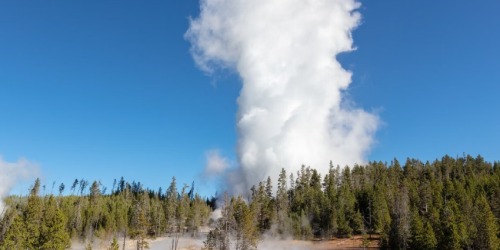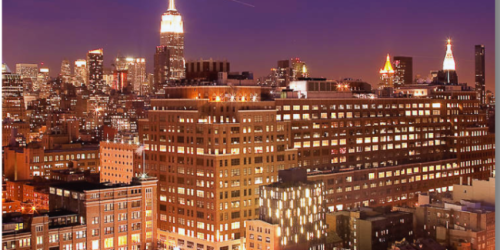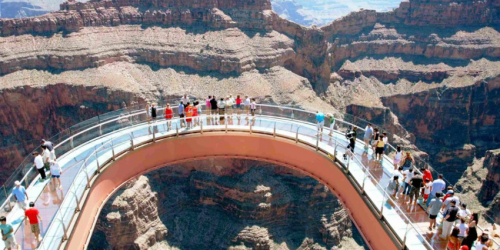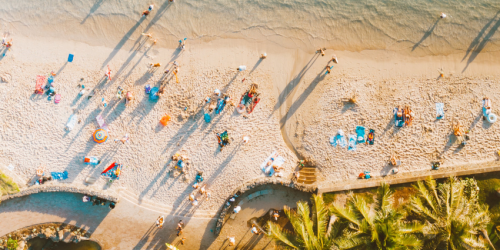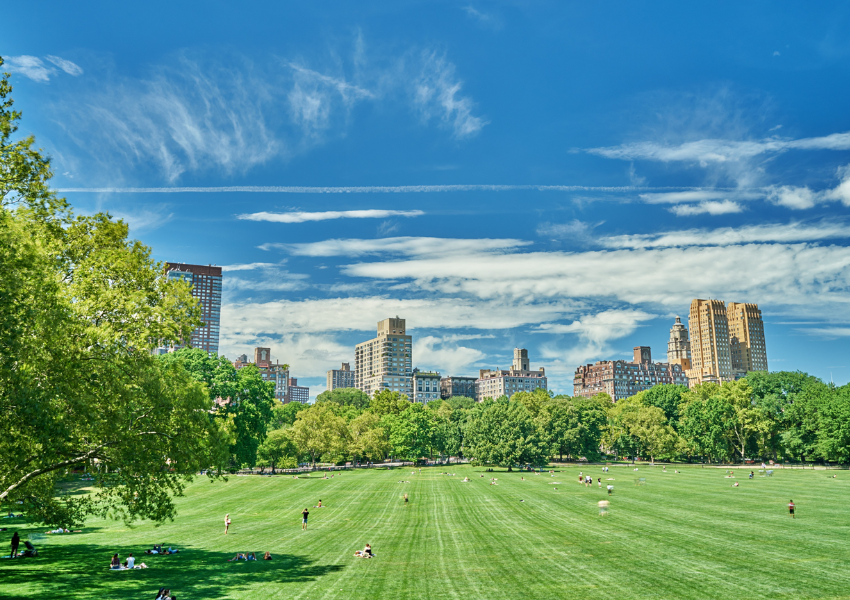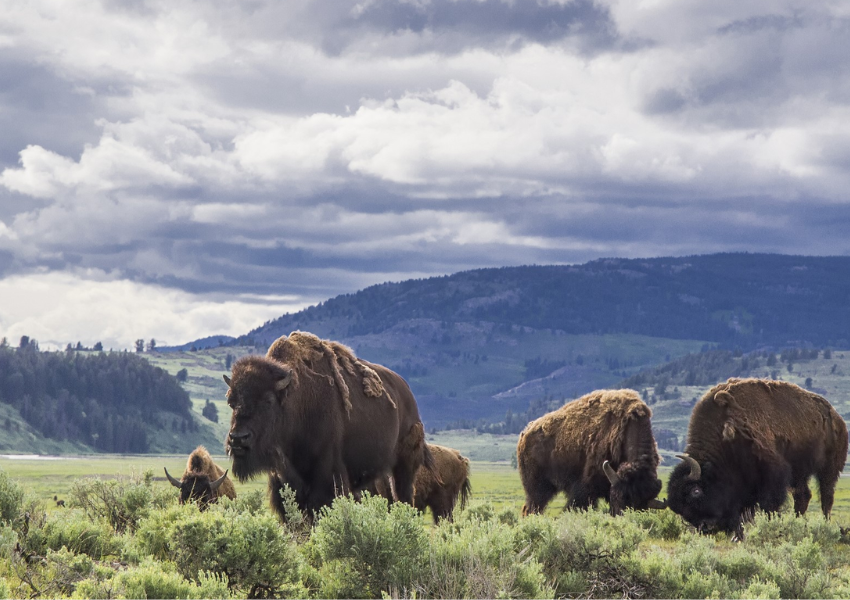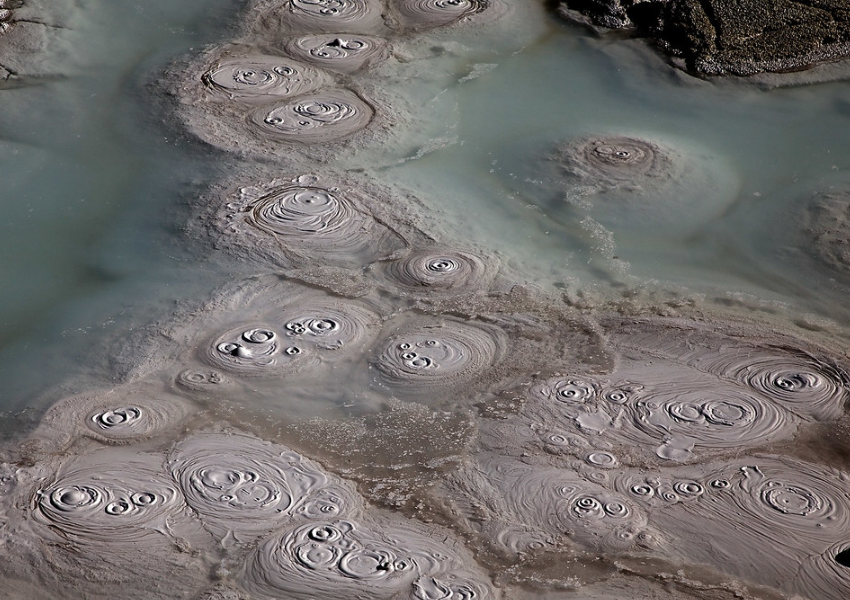What is japanese festival (Matsuri)? Why do Japanese people have a passion for Matsuri? Let’s discover Japan’s Rich Cultural Heritage. Dive Deep into its Most Celebrated Festivals and Traditions!
Table of Contents
ToggleOverview of Japanese Festival
Traditionally Japanese people have long believed that there are eight million gods that reside in everything. So, There are countless local festivals (祭り, matsuri) in Japan. Matsuri’re held annually and celebrate to nature and the shrine’s deity, to enjoy life, and to foster community.
There are no specific matsuri days for all of Japan. Dates vary from area to area, and even within a specific area. But festival days do tend to cluster around traditional holidays such as Setsubun or Obon. Almost every locale has at least one matsuri in late summer/early autumn, usually related to the rice harvest.
An important element of Japanese festivals involves processions, where the local shrine’s kami (Shinto deity) is ceremoniously carried through the town in mikoshi (palanquins). This tradition marks the sole occasion each year when the kami leaves the shrine to be carried around the streets.
Many festivals also feature decorated floats, known by various names such as dashi, yatai, danjiri, etc. These floats’re paraded through the town, with participants seated atop them playing drum and flute music. Every festival has its own characteristics. While some festivals are calm and meditative, many are energetic and lively. Everyone is cheerful at Matsuri
Mikoshi (portable miniature shrine)
Mikoshi is a portable shrine. On which a divine spirit temporarily rides. The bearers who wear the festival costume called Hanten or Happi carry Mikoshi on their shoulder and go around the neighborhood of the shrine to absorb the disaster, purify, and pray for the harvest. Depending on the festival, there are occasions when dashi (festival cars, float), hoko (long-handled spears), danjiri (decorative portable shrines) and yatai (float) accompany the mikoshi’s route.
Mikoshi festivals’re roughly broken down into 2 categories.
One of them is ‘Ochogata Shinkosai Festival,’ which simulates an Imperial visit by the Emperor of Japan whereby carrying of the otori ren-shaped mikoshi housing the divine spirit is performed. Examples of ‘Ochogata Shinkosai Festival’ includes Shinko-sai at Iwashimizu-Hachimangu in Kyoto Prefecture and Hie-Jinja Shrine in Tokyo Prefecture.
The other category is the ‘Hiegata togyo-sai Festival,’ which puts emphasis on mikoshifuri (shaking a portable shrine) by wildly waving the mikoshi to increase the divine power praying for good harvest and bumper catch. This type of festival’s seen in various areas across the country including the Sanno-Matsuri Festival at Hiyoshi-taisha Shrine in Shiba Prefecture, Gion-Matsuri Festival at Yasaka-jinja Shrine in Kyoto Prefecture, Sanja-Matsuri Festival at Asakusa-jinja Shrine and Torigoe Shrine-Matsuri Festival at Torigoe-jinja Shrine in Tokyo Prefecture. These’re known as abare-mikoshi (wild mikoshi).
The charm of Mikoshi is the enthusiasm of The bearers it. Several hundred kilograms of portable shrines are being carried by people who live in the area.
Floats and Taiko-dai (drum stands)
Floats and Taiko-dai, also known as drum stands, serve as portable miniature shrines in Japanese culture.
Heavier than the Mikoshi, another type of portable shrine, floats and Taiko-dai are typically pulled by manpower, showcasing the community’s collective strength and devotion. These ornate structures are crafted with meticulous detail, reflecting the reverence for gods and spirits in Japanese folklore.
Floats’re often designed in the likeness of natural mountains, symbolizing the divine connection between gods and the earth. Belief holds that gods descend from rocks and trees on mountains, thus floats are constructed to invite them to partake in festivals. Over time, floats’ve evolved to feature elaborate decorations and equipped with wheels for mobility, enabling them to traverse towns with performers aboard.
Taiko-dai, predominantly found in regions like Kansai and Shikoku in West Japan, boast distinctive features that set them apart. These portable drum stands’re characterized by a central drum that’s struck during performances, with the bearer’s stick conveniently attached for ease of use.
In various festivities across Japan, Taiko-dai play a central role, offering a dynamic spectacle of cultural expression. For instance, the Danjiri in Kishiwada showcases spirited movements, exuding energy and excitement. In contrast, other Taiko-dai’re adorned with intricate floral arrangements, dolls, and lavish ornaments, symbolizing the epitome of elegance and refinement.
Japan’s Most Famous Festivals and Celebrations
Nebuta Matsuri – Japanese Festival
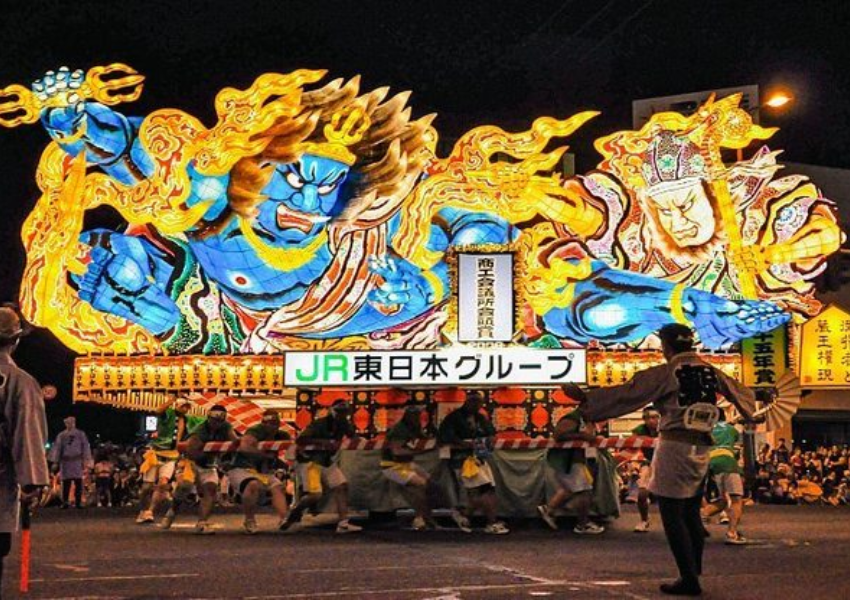
One of the Matsuri that impresses foreign tourists the most is Nebuta Festival in towns around Aomori Prefecture. The Nebuta Matsuri (ねぶた祭) held every year from August 2 to 7. The highlight of the festival is the daily parade of giant lantern floats.
Huge lanterns – Nebuta, some measuring more than 10 meters, is designed with historic or mythical themes.
Every night during the festival the floats’re wheeled out onto the streets of downtown Aomori for a parade, except on the last day (August 7 – held in the afternoon). The floats’re pushed along the street by human power, weaving back and forth, and spinning around for the crowd. Each float is accompanied by teams of taiko drummers, flute and hand cymbals players, as well as hundreds of dancers, called haneto, who follow the procession chanting “Rassera, Rassera”. They dance energetically bounce around night away.
This Matsuri is the best stage for local people and travellers to enjoy the short summer of the northern provinces and explore the energy. If you want to Participate in the parade. The only requirement is that you wear the traditional haneto dancing costume. The rental costume shop is available in around town for about 4000 yen.
The parades are in full swing and every float makes an appearance on the nights from August 4 to 6. All the floats’re also displayed in the afternoon parade on the last day of the festival, before some of the floats’re put onto boats and paraded around the bay in the evening. Finally, a two hour fireworks display along the waterfront closes off the festivities.
Sanja Matsuri – Japanese Festival
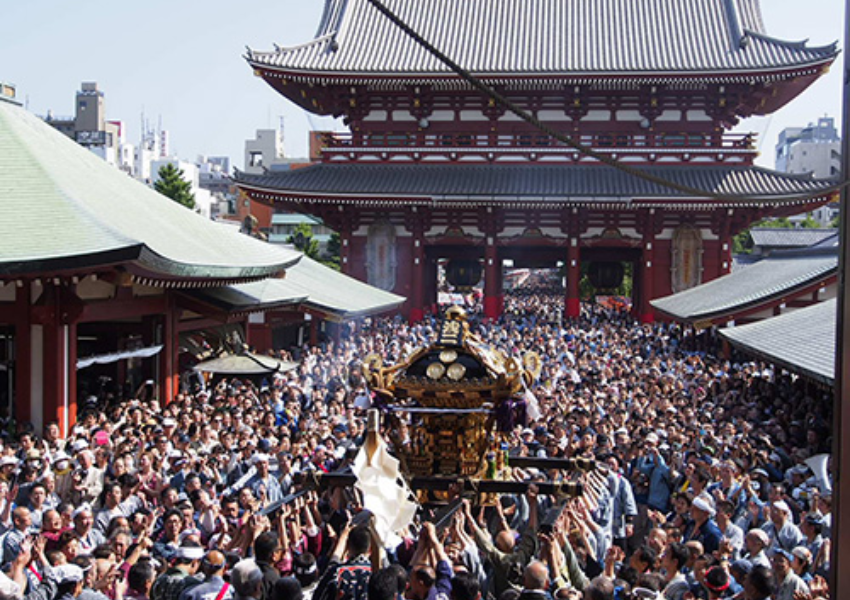
The Sanja Festival (三社祭, Sanja Matsuri) is an annual festival in the Asakusa, Tokyo that usually takes place over the third full weekend in May. It’s held in celebration of the three founders of Sensoji Temple, who are enshrined in Asakusa Shrine next door to the temple.
The focus of the festival, the three large mikoshi belonging to Asakusa Shrine, make their appearance on Sunday. And there are about one hundred mikoshi about the streets of Asakusa throughout the festival. This festival is lively of Japanese drums and flutes.
Throughout the festival. You can see Parade, mikoshi of Asakusa’s local neighborhoods’re carried through the streets, a Shinto ceremony, and traditional dance to pray for an abundant harvest and prosperity. Many neighborhoods also have smaller children’s mikoshi as well as women’s mikoshi.
Sapporo Yuki Matsuri
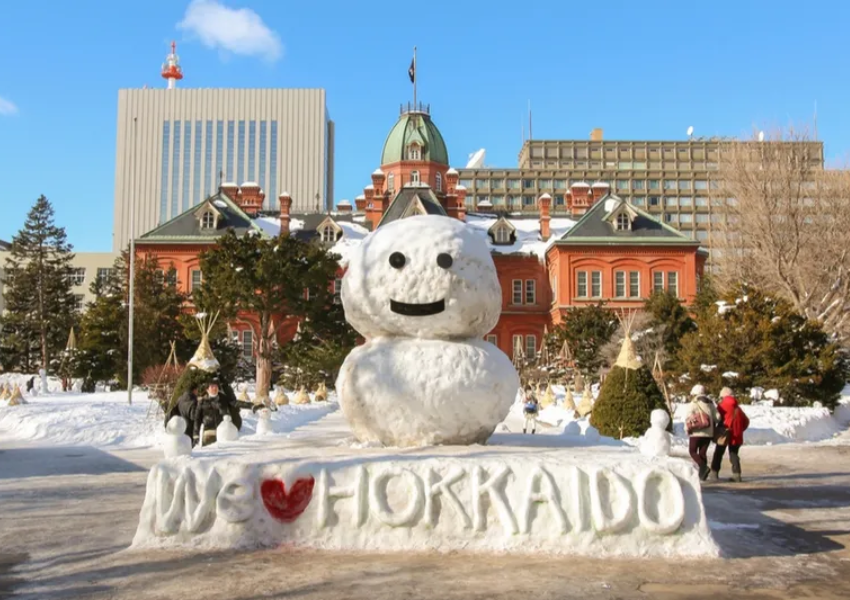
Sapporo Yuki Matsuri (さっぽろ雪まつり) is held during one week every February in Hokkaido’s capital Sapporo. It is one of Japan’s most popular winter events.
The Sapporo Snow Festival’s started in 1950. The festival’s staged on three sites: the Odori Site, Susukino Site and Tsu Dome Site. each offering a unique experience for visitors.
At the heart of the festival lies the Odori Site, spanning 1.5 kilometers within Sapporo’s centrally located Odori Park. The festival’s famous large snow sculptures, some measuring more than 25 meters wide and 15 meters high, are exhibited there. They’re lit up daily until 22:00. Besides about a dozen large snow sculptures, the Odori Site exhibits more than one hundred smaller snow statues and hosts several concerts and events, many of which use the sculptures as their stage. A good view over the Odori Site can be enjoyed from the Sapporo TV Tower at the site’s eastern end. The tower has extended hours (8:30 to 22:30) during the festival.
The Susukino Site, located in and named after Sapporo’s largest entertainment district, exhibits about one hundred ice sculptures. Susukino is located only one subway stop south of Odori Park. The ice sculptures’re lit up daily until 23:00 (until 22:00 on the festival’s final day).
The less centrally located Tsu Dome Site is a family-oriented site with multiple snow slides, snow rafting and more snow sculptures. Inside the dome, there is a playground and some food stands. The Tsu Dome Site is open daily from 10:00 to 16:00. The Tsu Dome Site promises a day of wholesome enjoyment amidst the wintry festivities.
Aoi Matsuri (Kamo Matsuri)
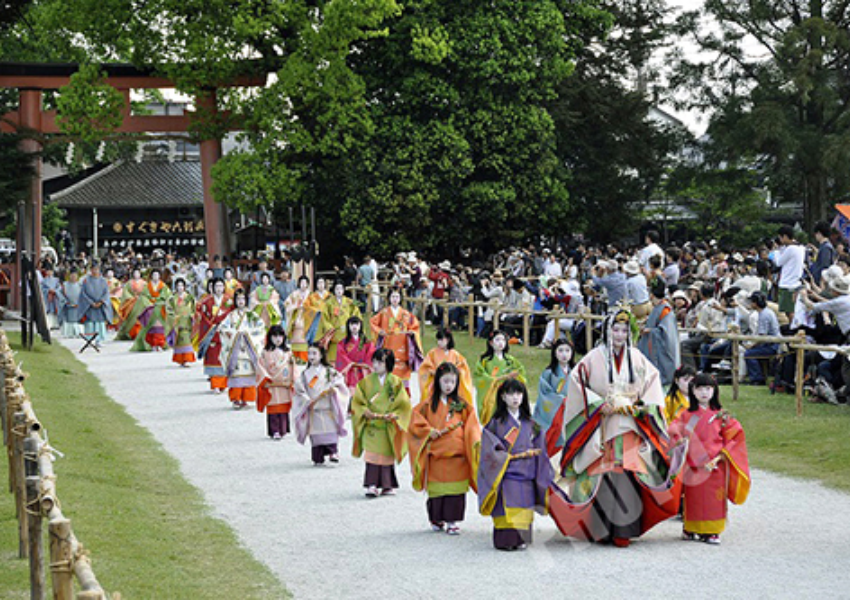
Annually celebrated on May 15th, the Aoi Matsuri (葵祭) stands as one of Kyoto’s esteemed festivals, alongside the renowned Gion Matsuri and Jidai Matsuri. At the heart of this cultural extravaganza is a grand procession, featuring more than 500 participants adorned in the elegant attire reminiscent of the Heian Period (794-1185). Commencing from the Imperial Palace and culminating at the Kamo Shrines, the procession winds its way through Kyoto’s historic streets, captivating spectators with its regal splendor.
The festival derives its name, Aoi, from the hollyhock leaves adorning the procession’s participants, symbolizing a connection to nature and reverence for tradition. As these graceful figures traverse the cityscape, they evoke the timeless charm and sophistication of Japan’s ancient aristocracy.
Throughout the festival. There are men on horseback, giant bouquets of flowers, ornately decorated ox drawn carts, and a large retinue of women in kimono accompanying the year’s Saio.
Traditionally, the Saio was a young female member of the imperial family who served as the high priestess of the Kamo Shrines and performed rituals during festivals. These days, an unmarried woman from Kyoto is selected each year to serve as Saio. She must go through purification ceremonies before the festival and is taken through the procession on a palanquin.
Aoi Matsuri offers a captivating glimpse into the country’s rich cultural heritage.
Gion Matsuri – Japanese Festival
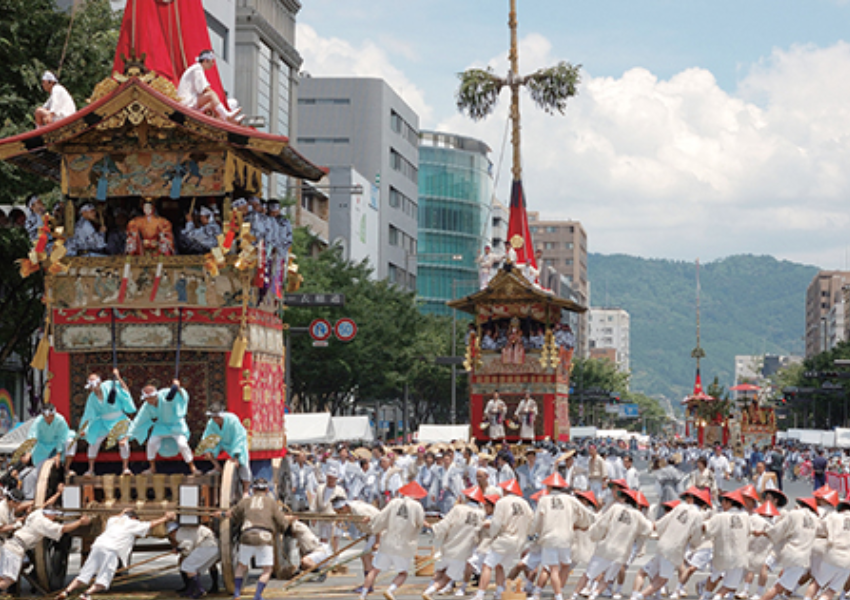
The Gion Matsuri (祇園祭), hosted by the revered Yasaka Shrine, stands as Japan’s most renowned festival, spanning the entire month of July. This celebration offers a plethora of events, but none rival the grandeur of the Yamaboko Junko, the majestic procession of floats held on July 17th.
At the heart of Gion Matsuri’s procession are two types of floats: yama and hoko. The hoko, reaching heights of up to 25 meters and weighing 12 tons, are a marvel to behold, adorned with intricate decorations.
Originating in 869 as a religious rite to quell an epidemic, the Gion Matsuri has evolved over the centuries, preserving ancient traditions while embracing modern practices. Among these customs is the selection of a local boy as a divine messenger. Who remains elevated from the ground from the 13th until his ceremonial procession through town on the 17th.
While the festival’s name evokes the Gion district, its highlight events transpire on the opposite bank of the Kamo River. Preceding the procession, the floats’re showcased within a half-kilometer radius of the intersection of Karasuma and Shijo streets. During this time, visitors can explore some of the floats up close, immersing themselves in the festival’s rich heritage.
As dusk descends, the festival atmosphere crescendos, with streets transforming into pedestrian zones from 18:00 to 23:00, bustling with food stalls, beverage vendors, and other traditional festivities.
The Yamaboko Junko processions unfold between 9:00 and 13:00 on the 17th and from 9:30 to 11:50 on the 24th, tracing a three-kilometer route along Shijo, Kawaramachi, and Oike streets. The route commences from Shijo-Karasuma on the 17th and from Karasuma-Oike on the 24th, captivating audiences with its vibrant displays and cultural splendor.
Jidai Matsuri – Japanese Festival
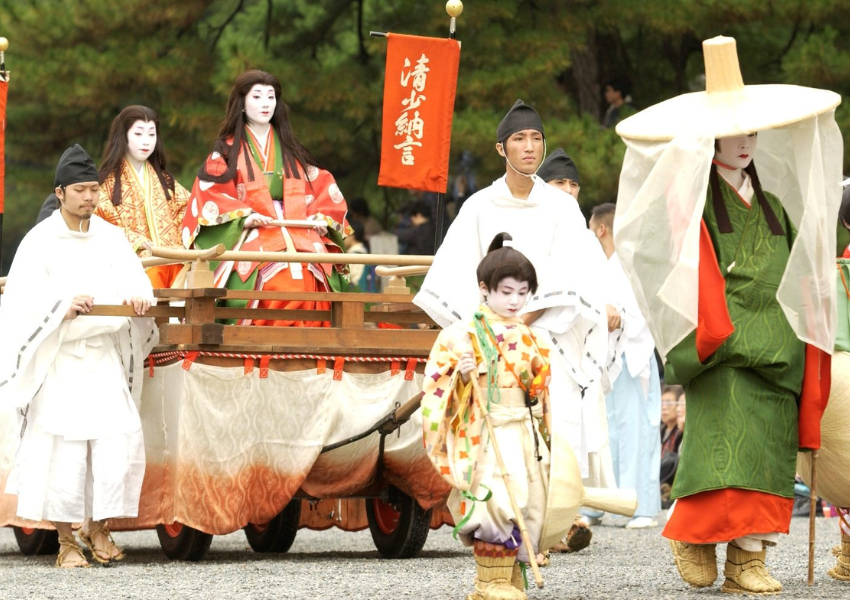
The Jidai Matsuri (時代祭), observed annually on October 22nd to commemorate Kyoto’s founding, unfolds as a majestic procession from the Imperial Palace to the revered Heian Shrine. Aptly named “Festival of Ages.” Jidai Matsuri showcases participants adorned in meticulously crafted costumes representing nearly every epoch of Japanese history, alongside iconic historical figures.
The procession, meticulously organized, delineates historical eras into approximately twenty thematic segments. It commences with a nod to the Meiji Restoration of 1868. Then retraces history in reverse chronological order until the dawn of the Heian Period (794-1185).
At the forefront of the procession are dignitaries like the governor of Kyoto Prefecture, the mayor of Kyoto City, and the city council chairman, riding in horse-drawn carriages reminiscent of the mid-1800s. Following them are representations of key figures from the Meiji Restoration, accompanied by soldiers embodying imperial forces, including notable figures like Sakamoto Ryoma.
The parade also honors the lavish processions of the Edo Period, showcasing officials on horseback and princesses carried in palanquins.
The procession offers a journey through key historical periods, showcasing the armor of Oda Nobunaga, attire from the Muromachi Period, and the nobility of the Heian Period. Each segment vividly portrays various aspects of military, cultural, aristocratic, and common life in Japanese history.
The culmination of the procession features attendants carrying mikoshi containing the spirits of Emperor Kammu and Emperor Komei, symbolizing Shinto rituals. These mikoshi, usually housed in Heian Shrine, traverse the city during Jidai Matsuri, accompanied by devoted followers.
The parade route, spanning approximately five kilometers, hosts around 2000 participants. And it takes two hours to watch the entire procession pass by. Crowds gather thickest near the Imperial Palace and Heian Shrine. Where eager spectators vie for prime viewing spots, eager to partake in this captivating journey through Japan’s storied past.
Awa Odori
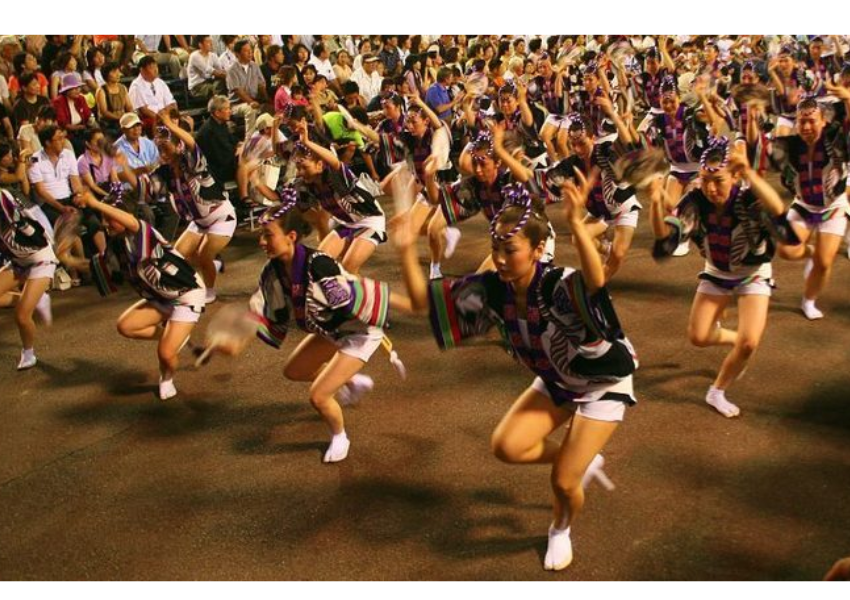
Tokushima’s Awa Odori (阿波おどり) stands as the pinnacle of dance festivals across Japan during the vibrant Obon season in mid-August.
Spanning from August 12 to 15, this celebration draws thousands of spectators and dancers to Tokushima, immersing themselves in the tradition of the “Fool’s Dance,” which traces its roots back 400 years.
While daytime events offer glimpses of the festivities, the main attraction unfolds in the evenings from 18:00 to 22:00, as vibrant dance groups, known as “ren,” take to the blocked-off streets of downtown Tokushima. These ren parade through designated spectator areas (enbujo), regaling onlookers with traditional music and intricate dance routines.
Adorned in colorful attire, women don cotton yukata robes, while men sport happi coats over shorts or pants, adding to the spectacle’s dynamic flair. Each ren brings its unique style to the performance, infusing simple dance steps with elaborate variations and vibrant uniforms.
As dusk descends, Tokushima’s city center transforms into a sprawling dance stage, featuring multiple outdoor areas with both free and ticketed seating. Tickets for the paid seating sections are available for purchase from July onwards through Ticket Pia or 7-Eleven convenience stores nationwide.
For those seeking daytime entertainment, selected dance groups showcase their talents in 70-minute performances inside the Awagin Hall, albeit without complimentary seating.
Planning ahead is crucial for visitors, as accommodations in Tokushima City’re often fully booked months in advance. However, nearby cities such as Naruto (40 minutes by train), Takamatsu (1 hour by train), or even Osaka (2.5 hours by car) offer alternative lodging options for eager festival-goers.
Hotel around Tokushima
Nagasaki Kunchi
The Nagasaki Kunchi’s an annual festival held at Suwa Shrine in Nagasaki from October 7-9, blending Chinese and Dutch cultural elements with Japanese traditions. For over 400 years, this vibrant event showcases dance performances from various city districts. Each participating once every seven years, ensuring a fresh experience.
The festival features traditional Japanese and Chinese-influenced dances, along with lively floats shaped like ships. Performances take place at four main venues (Suwa Shrine, Otabisho, Yasaka Shrine and Chuo Koen), with limited paid seating available. While tickets’re challenging for foreign tourists to acquire. Some venues offer glimpses of the festivities without tickets, though they tend to be crowded. Visitors can also follow the floats and dancers as they parade through the city’s districts, visiting supporting shops and households throughout the day.
Video Japanese Festival
Video Contents
1. Noshiro Tanabata Matsuri (2:58)
2. Yabusame in Aoi Matsuri (1:28)
3. Suwa Onbashira Matsuri (3:53)
4. Nachi no Hi Matsuri (0:37)
5. Kishiwada danjir Matsuri (2:32)
6. Nagasaki Kunchi (4:30)
7. Morioka Sansa odori (1:55)
8. Kikonai kanchu Misogi (2:46)
9. Hakata Gion Yamagasa (3:27)
10. Yasukuni Mitama Matsuri (5:53)
11. Awa Odori (6:44)
12. Dogo Onsen Matsuri (3:43)
13. Yamaga Tourou Matsuri (6:27)
14. Akita Kanto Matsuri (5:06)
15. Kyoto Gion Matsuri (11:40)
Source:

